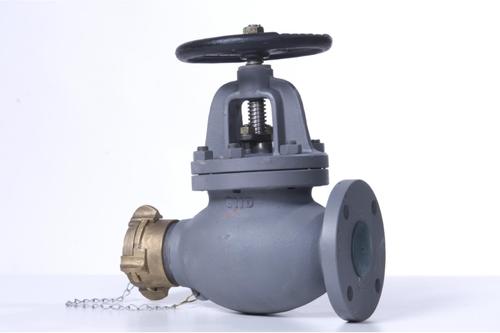|
Choosing Between Pneumatic and Electric Marine Valves
In the realm of marine engineering, selecting the appropriate valve technology is crucial for the efficient and reliable operation of various systems onboard ships. Two primary types of valves dominate this sector: pneumatic and electric marine valves. Each offers unique advantages and is suited to particular applications, making the choice between them a strategic decision that impacts both performance and maintenance. This article delves into the key considerations for selecting between pneumatic and electric marine valves, highlighting their respective strengths, weaknesses, and best-fit scenarios.
Pneumatic Marine Valves: The Power of Compressed AirPneumatic valves operate using compressed air or another gaseous medium to actuate the valve mechanism. They are often favored in environments where electrical power might be unreliable or hazardous. Here are some notable benefits and considerations: Advantages: Reliability and Safety: Pneumatic systems do not rely on electricity, making them less susceptible to electrical failures or sparks that could ignite flammable gases in certain marine environments. Simplicity and Robustness: Pneumatic valves tend to have fewer electronic components, reducing complexity and potential points of failure. They are often more resilient to environmental stressors like saltwater corrosion and temperature extremes. Quick Response: Compressed air can provide rapid actuation, making pneumatic valves suitable for applications requiring fast opening and closing times, such as emergency shutdown systems.
Considerations: Continuous Air Supply: Pneumatic systems necessitate a reliable source of compressed air, which can be logistically challenging and energy-intensive to maintain over long distances or in remote parts of a vessel. Limited Control Flexibility: Compared to electric valves, pneumatic controls offer less precision in terms of positioning and modulation, limiting their use in applications requiring fine control.
Electric Marine Valves: Precision and VersatilityElectric valves, powered by an electrical current, have become increasingly popular due to their versatility, precision, and integration capabilities with modern marine automation systems. Here are their key advantages and points to ponder: Advantages: Precision and Control: Electric valves can be equipped with sensors and actuators that allow for precise positioning and modulation, making them ideal for applications requiring tight control over fluid flow, such as hydraulic systems and fuel injection. Ease of Integration: Electric valves can be seamlessly integrated into automated control systems, enabling remote monitoring, diagnostics, and troubleshooting, which enhances overall system efficiency and safety. Energy Efficiency: Advances in motor technology and electronics have made electric valves more energy-efficient, reducing operational costs and environmental impact.
Considerations: Dependence on Electrical Power: Reliability of the electrical supply is paramount. In areas prone to power outages or where electrical systems are vulnerable, electric valves might not be the best choice without backup power solutions. Complexity and Maintenance: Electric valves incorporate more electronic components, which can increase maintenance requirements and potential failure points. However, advancements in technology have significantly mitigated these concerns.
Decision-Making FrameworkWhen deciding between pneumatic and electric marine valves, consider the following factors: Operational Environment: Assess the reliability of the electrical supply and the potential for explosive atmospheres. Pneumatic valves may be safer in hazardous environments, while electric valves excel in well-ventilated, electrically stable areas. Control Requirements: Determine the level of precision and control needed. Electric valves offer superior modulation and positioning capabilities. Maintenance and Life Cycle Costs: Consider the total cost of ownership, including installation, maintenance, and energy consumption. Electric valves may have higher upfront costs but can offer lower operational expenses due to energy efficiency and reduced downtime. System Integration: If integration into a larger automation system is planned, electric valves generally offer better compatibility and scalability.
In conclusion, the choice between pneumatic and electric marine valves hinges on a careful balance of operational needs, environmental considerations, and cost-effectiveness. By evaluating these factors comprehensively, marine engineers can select the valve type that best aligns with the overall performance, safety, and efficiency goals of their vessel. Whether prioritizing robustness and simplicity with pneumatic valves or precision and automation with electric options, the right choice ensures smooth marine operations and enhances the reliability of onboard systems.
|
|

